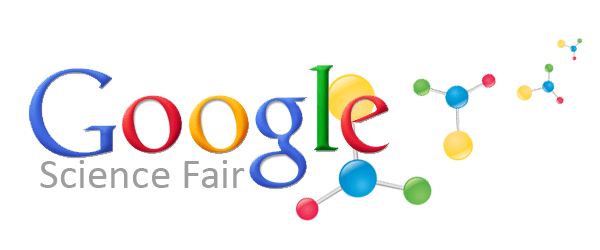YOU MIGHT just be the brightest young scientist that Google is looking for! Google recently launched the Google Science Fair 2011 for kids all over the world who are full-time students and within 13-18 years old.
Here are the basic information you need to know about the Google Science Fair:
What categories or fields of research are welcome?
Google is looking for projects in these fields:
- Computer Science & Math
- Earth & Environmental Sciences
- Behavioral & Social Sciences
- Flora & Fauna
- Energy & Space
- Inventions & Innovation
- Physics
- Biology
- Chemistry
- Food Science
- Electricity & Electronics
What are the elements required?
The following are the required elements for your Google Science Fair Project:
- About me/the Team: Initial introduction to the Entrant/Team and explanation of what winning would mean to them.
- Project question: The scientific question about their hypothesis.
- Hypothesis: Leading on from the question.
- Research and Works cited: The research conducted to help them shape their question and hypothesis and to put their work into a relevant, real-world context.
- Experiment: Demonstration, using good experimental techniques, including a detailed description of the experiment.
- Data: Collected during the experiment to support a conclusion, recorded accurately and precisely, and presented clearly.
- Observations: Description of the patterns or trends supported by the data.
- Conclusion: An explanation of how the experiment answers the question or why it fails to do so and whether or not it supports the hypothesis.
- Bibliography, References and Acknowledgements: References for sources of information that they have consulted and/or referenced and acknowledge any assistance received
How do you make a submission?
Google also specified the method of submission of projects. Your entry must include the following:
- A Google Account. You will need a Google Account to complete the sign up form.
- Completed Google Science Fair sign up form.
- A two-minute video or a 20-slide presentation giving an overview of your project, embed it on the Summary page of your project submission. A video or presentation is required to enter.
- Submission via this form by 4 April 2011.
- A site on Google Sites containing the project data. Instructions on how to build your project site here.
What are in store for the winners?
Grand Prize:
The one (1) Grand Prize Winner will receive a US$50,000 Scholarship from Google and his or her choice of experience from CERN, Google, LEGO or Scientific American.
Category Prizes:
The two (2) Category Winners who did not win the Grand Prize will receive a US$25,000 Scholarship from Google and Sponsor’s choice of Experience from CERN, Google, LEGO or Scientific American. The offered Experience Prizes will consist of one (1) the following (ARV of each $3,500):
All 15 Finalists will also receive:
A LEGO Goodie Bag including:
- A LEGO MINDSTORMS NXT 2.0 set
- 2 – 4 HiTechnic sensors (endorsed 3rd party accessory sensors – totalling 10 different sensors!)
- 1 Codatex RFID sensor with tags (endorsed 3rd party sensors)
- 1 LEGO TECHNIC set (highest pricepoint in 2011 1HY assortment)
A Google Goodie Bag including:
- A Google Chrome Notebook
- An Android phone
Scientific American subscription
- A subscription to Scientific American magazine for 12 months.
Peoples Choice Award Prize
A Scholarship from Google
A $10,000 scholarship, split equally between team members should a team win this prize. This scholarship is intended to be used towards the finalists’ further education.
Exciting isn’t it? I would want my students to take part in it.
If you would like to see a sample of a Google Science fair entry, visit this site. Complete information can be found at the Google Science Fair 2011 Official Site.
Teachers can also request for Google Science Fair Pack from Google.
*Note the photo is not the official logo of the Google Science Fair 2011. That is the Teacher’s Notebook’s version of it, using images from Google. The content is derived from the Google Science Fair Official site.






Everyone has seen the tired old science fair project, such as the volcano or the styrofoam solar system, which have been favorites of many parents for what feels like generations. These projects are relatively simple and easy from the parent’s point of view, but they are incredibly bad choices for the children involved. Why?These are the kind of projects that are so well-known that even the students know what is going to happen. And when that happens, the students are not learning anything, and their performance suffers during the presentation portion of science fairs because of it. Science fair judges have gotten bored with these types of projects, and that’s a big problem for students who endeavor to win prizes in their science fair. In the end, this kind of project is only really good for the parents, and surprisingly, these kinds of projects are not even particularly cheap!..
View the most current article at our web portal
<http://www.beautyfashiondigest.com/hair-extensions-cost/